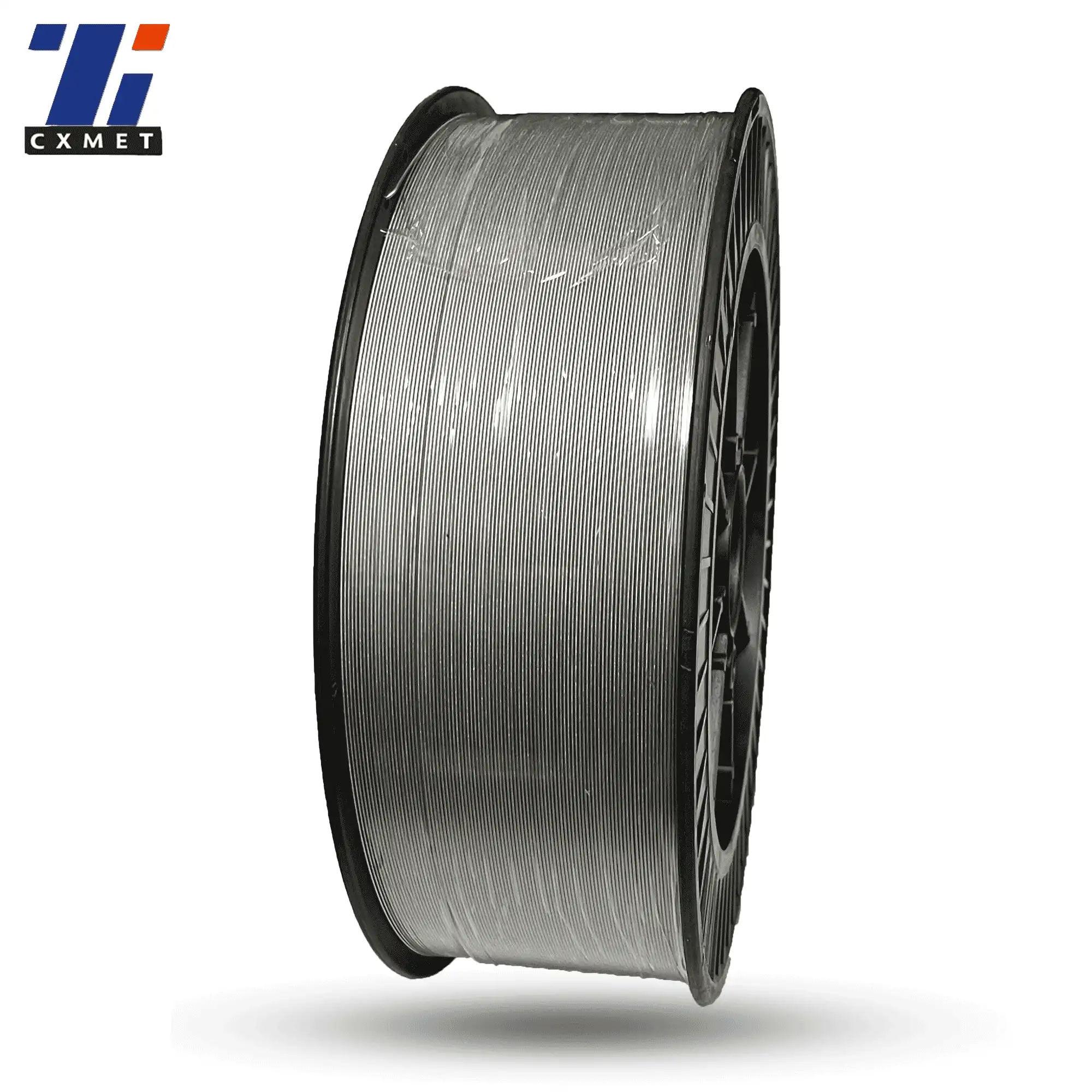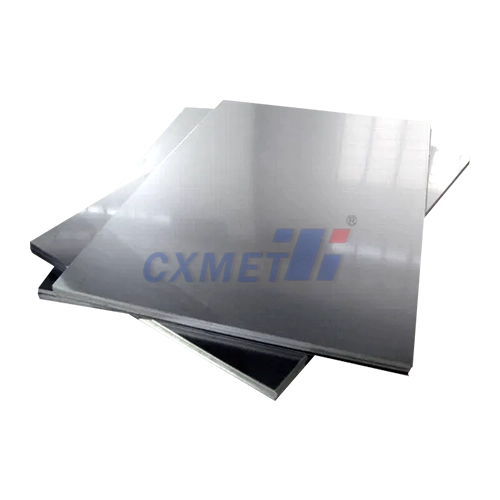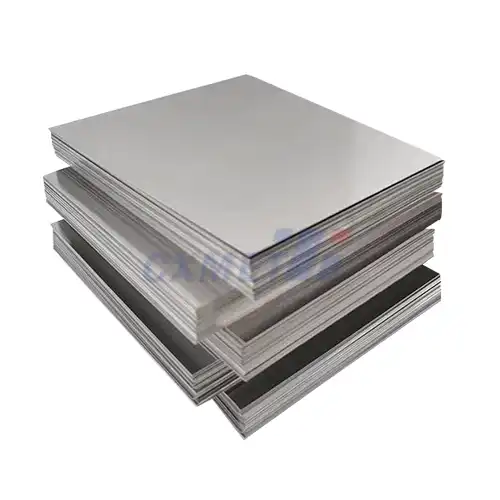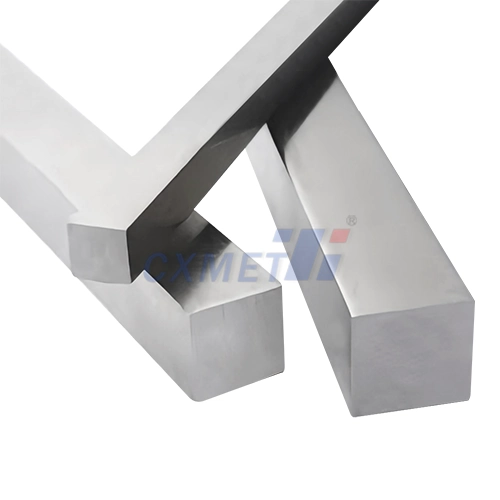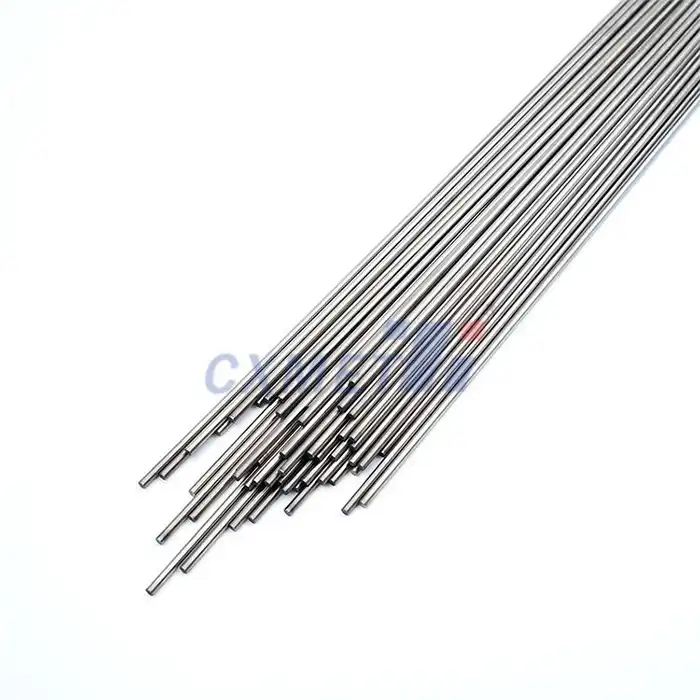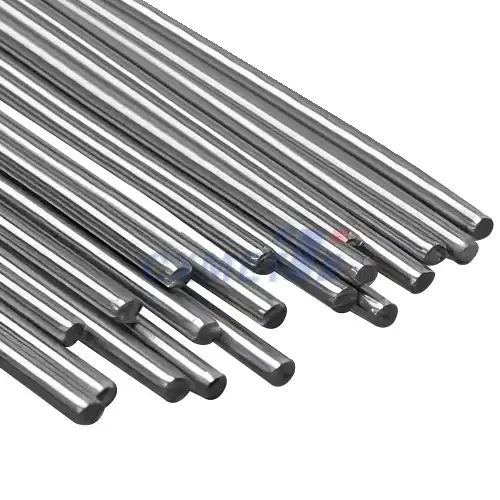- English
- French
- German
- Portuguese
- Spanish
- Russian
- Japanese
- Korean
- Arabic
- Greek
- German
- Turkish
- Italian
- Danish
- Romanian
- Indonesian
- Czech
- Afrikaans
- Swedish
- Polish
- Basque
- Catalan
- Esperanto
- Hindi
- Lao
- Albanian
- Amharic
- Armenian
- Azerbaijani
- Belarusian
- Bengali
- Bosnian
- Bulgarian
- Cebuano
- Chichewa
- Corsican
- Croatian
- Dutch
- Estonian
- Filipino
- Finnish
- Frisian
- Galician
- Georgian
- Gujarati
- Haitian
- Hausa
- Hawaiian
- Hebrew
- Hmong
- Hungarian
- Icelandic
- Igbo
- Javanese
- Kannada
- Kazakh
- Khmer
- Kurdish
- Kyrgyz
- Latin
- Latvian
- Lithuanian
- Luxembou..
- Macedonian
- Malagasy
- Malay
- Malayalam
- Maltese
- Maori
- Marathi
- Mongolian
- Burmese
- Nepali
- Norwegian
- Pashto
- Persian
- Punjabi
- Serbian
- Sesotho
- Sinhala
- Slovak
- Slovenian
- Somali
- Samoan
- Scots Gaelic
- Shona
- Sindhi
- Sundanese
- Swahili
- Tajik
- Tamil
- Telugu
- Thai
- Ukrainian
- Urdu
- Uzbek
- Vietnamese
- Welsh
- Xhosa
- Yiddish
- Yoruba
- Zulu
How Does the Purity of Titanium Sputtering Targets Affect Thin Film Quality?
2024-09-29 17:47:19
The purity of titanium sputtering targets plays a crucial role in determining the quality of thin films produced through the sputtering process. Sputtering is a widely used technique in the semiconductor, optical coating, and solar cell industries for depositing thin films of various materials onto substrates. When it comes to titanium sputtering targets, the level of purity can significantly impact the properties and performance of the resulting thin films. Higher purity targets generally lead to better film quality, but the relationship between target purity and film characteristics is complex and multifaceted.
What are the main impurities found in titanium sputtering targets?
Titanium sputtering targets, despite careful manufacturing processes, can contain various impurities that may affect the quality of the deposited thin films. The most common impurities found in titanium targets include oxygen, nitrogen, carbon, and metallic elements such as iron, nickel, and aluminum. These impurities can originate from several sources:
1. Raw materials: The quality of the initial titanium source used to produce the target can introduce impurities. Even high-grade titanium may contain trace amounts of other elements.
2. Manufacturing process: During the production of sputtering targets, impurities can be introduced through handling, machining, and other processing steps. For instance, oxygen contamination can occur if the titanium is exposed to air at high temperatures during processing.
3. Surface contamination: Even after production, the target surface can accumulate impurities through exposure to the atmosphere or improper handling and storage.
4. Alloying elements: In some cases, small amounts of other elements are intentionally added to titanium to create specific alloys for particular applications. While these are not considered impurities in the strict sense, they can affect the sputtering process and film properties.
The presence and concentration of these impurities can vary depending on the grade of the titanium target. For instance, high-purity targets (99.99% or higher) will have significantly lower levels of impurities compared to lower-grade targets (99.9% or less).
The impact of these impurities on thin film quality can be substantial. Oxygen and nitrogen, for example, can form compounds with titanium, altering the film's crystal structure and affecting its mechanical and electrical properties. Carbon impurities can lead to the formation of titanium carbide, which can change the film's hardness and wear resistance. Metallic impurities can introduce unwanted electrical or magnetic properties to the film, potentially compromising its performance in electronic or optical applications.
How does target purity influence the sputtering rate and deposition uniformity?
The purity of titanium sputtering targets has a significant impact on both the sputtering rate and the uniformity of the deposited thin films. These factors are critical in determining the efficiency of the sputtering process and the overall quality of the resulting films.
Sputtering rate, which refers to the speed at which atoms are ejected from the target surface and deposited onto the substrate, is directly influenced by target purity. Higher purity targets generally exhibit higher sputtering rates due to several factors:
1. Reduced surface contamination: Purer targets have fewer surface contaminants that can interfere with the sputtering process. These contaminants can form a barrier layer on the target surface, reducing the efficiency of ion bombardment and slowing down the sputtering rate.
2. Consistent atomic structure: High-purity titanium targets have a more uniform atomic structure throughout the material. This consistency allows for more predictable and efficient sputtering, as the energy transfer from incident ions to target atoms is more uniform.
3. Lower melting point variations: Impurities can create localized areas with different melting points within the target. These variations can lead to uneven sputtering across the target surface, potentially reducing the overall sputtering rate.
4. Reduced oxide formation: Titanium is highly reactive with oxygen. Higher purity targets are less likely to form surface oxides during the sputtering process, which can significantly slow down the sputtering rate.
The impact of target purity on deposition uniformity is equally important. Uniformity refers to the consistency of the film thickness and composition across the substrate surface. Higher purity targets generally contribute to better deposition uniformity for several reasons:
1. Consistent sputter yield: With fewer impurities, the sputter yield (the number of atoms ejected per incident ion) is more consistent across the target surface. This consistency translates to more uniform deposition on the substrate.
2. Reduced preferential sputtering: In lower purity targets, different elements may sputter at different rates, leading to non-uniform composition in the deposited film. Higher purity targets minimize this effect, resulting in more homogeneous films.
3. Stable plasma conditions: Impurities can affect the plasma characteristics during sputtering. A purer target helps maintain more stable plasma conditions, contributing to more uniform deposition.
4. Minimized arcing and particulate generation: Higher purity targets are less prone to arcing and particulate generation during sputtering. These phenomena can cause localized non-uniformities in the deposited film.
What are the effects of target purity on the microstructure and properties of titanium thin films?
The purity of titanium sputtering targets has a profound influence on the microstructure and properties of the resulting thin films. This relationship is complex and multifaceted, affecting various aspects of the film's characteristics, including crystal structure, grain size, density, and mechanical, electrical, and optical properties.
1. Crystal Structure and Phase Composition:
The purity of the titanium target can significantly impact the crystal structure and phase composition of the deposited thin films. Higher purity targets typically result in films with a more defined and consistent crystal structure. Titanium can exist in different crystalline phases, primarily the hexagonal close-packed (HCP) α-phase and the body-centered cubic (BCC) β-phase. The presence of impurities can stabilize or destabilize certain phases, potentially altering the phase composition of the film.
For instance, oxygen impurities tend to stabilize the α-phase, while elements like vanadium or molybdenum can stabilize the β-phase. The balance between these phases can significantly affect the film's properties, such as its mechanical strength and ductility. Films deposited from higher purity targets are more likely to exhibit the intended phase composition, which is crucial for applications requiring specific crystalline structures.
2. Grain Size and Morphology:
Target purity plays a role in determining the grain size and morphology of the deposited films. Generally, higher purity targets lead to films with larger grain sizes and more uniform grain structures. This is because impurities can act as nucleation sites for grain formation, leading to a higher density of smaller grains in films deposited from lower purity targets.
The grain size and morphology have significant implications for the film's properties. Larger grains typically result in lower electrical resistivity, which can be beneficial for electronic applications. However, smaller grains can lead to increased hardness and wear resistance, which might be desirable for protective coatings.
3. Film Density and Porosity:
The purity of the sputtering target can affect the density and porosity of the deposited film. Higher purity targets generally produce denser films with lower porosity. This is because impurities can create defects and voids in the film structure during deposition.
Dense films with low porosity are often desirable for applications requiring high corrosion resistance or barrier properties. However, in some cases, controlled porosity might be beneficial, such as in biomedical applications where cell adhesion is required.
4. Mechanical Properties:
The mechanical properties of titanium thin films, including hardness, elastic modulus, and residual stress, are significantly influenced by target purity. Films deposited from higher purity targets often exhibit higher hardness and elastic modulus due to their more uniform structure and lower defect density.
Residual stress in the films, which can lead to adhesion issues or film failure, is also affected by target purity. Impurities can introduce additional stress into the film structure, potentially leading to higher residual stresses in films deposited from lower purity targets.
5. Electrical Properties:
The electrical properties of titanium thin films, particularly their resistivity and conductivity, are sensitive to the purity of the sputtering target. Higher purity targets generally produce films with lower electrical resistivity due to reduced impurity scattering of charge carriers.
For applications in electronics or where specific electrical properties are required, the ability to control and minimize impurities through high-purity targets is crucial.
6. Optical Properties:
In applications where the optical properties of titanium thin films are important, such as in optical coatings or solar cells, target purity plays a significant role. Impurities can affect the refractive index, absorption coefficient, and overall transparency of the films. Higher purity targets typically result in films with more predictable and consistent optical properties.
In conclusion, the purity of titanium sputtering targets has far-reaching effects on the microstructure and properties of the deposited thin films. While higher purity targets generally lead to films with more desirable and predictable properties, the optimal target purity depends on the specific application requirements. Balancing the desired film properties with economic considerations is crucial in selecting the appropriate target purity for a given application.
At SHAANXI CXMET TECHNOLOGY CO., LTD, we take pride in our extensive product range, which caters to diverse customer needs. Our company is equipped with outstanding production and processing capabilities, ensuring the high quality and precision of our products. We are committed to innovation and continuously strive to develop new products, keeping us at the forefront of our industry. With leading technological development capabilities, we are able to adapt and evolve in a rapidly changing market. Furthermore, we offer customized solutions to meet the specific requirements of our clients. If you are interested in our products or wish to learn more about the intricate details of our offerings, please do not hesitate to contact us at sales@cxmet.com. Our team is always ready to assist you.
References
1. Mattox, D. M. (2010). Handbook of Physical Vapor Deposition (PVD) Processing. William Andrew.
2. Ohring, M. (2001). Materials Science of Thin Films. Academic Press.
3. Wasa, K., Kanno, I., & Kotera, H. (2012). Handbook of Sputter Deposition Technology: Fundamentals and Applications for Functional Thin Films, Nano-materials and MEMS. William Andrew.
4. Bräuer, G., Szyszka, B., Vergöhl, M., & Bandorf, R. (2010). Magnetron sputtering – Milestones of 30 years. Vacuum, 84(12), 1354-1359.
5. Depla, D., & Mahieu, S. (2008). Reactive Sputter Deposition. Springer.
6. Kelly, P. J., & Arnell, R. D. (2000). Magnetron sputtering: a review of recent developments and applications. Vacuum, 56(3), 159-172.
7. Safi, I. (2000). Recent aspects concerning DC reactive magnetron sputtering of thin films: a review. Surface and Coatings Technology, 127(2-3), 203-218.
8. Thornton, J. A. (1974). Influence of apparatus geometry and deposition conditions on the structure and topography of thick sputtered coatings. Journal of Vacuum Science and Technology, 11(4), 666-670.
9. Petrov, I., Barna, P. B., Hultman, L., & Greene, J. E. (2003). Microstructural evolution during film growth. Journal of Vacuum Science & Technology A, 21(5), S117-S128.
10. Musil, J. (2015). Hard nanocomposite coatings: Thermal stability, oxidation resistance and toughness. Surface and Coatings Technology, 207, 50-65.
